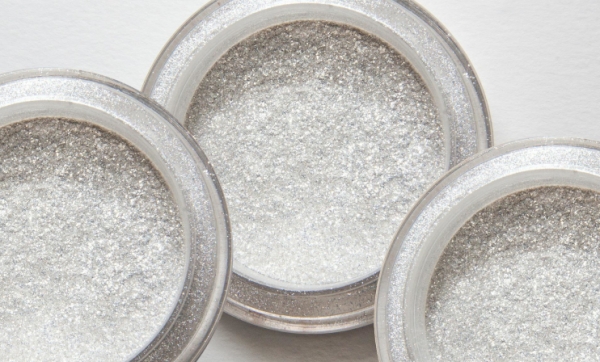A rich world of cosmetic packaging
The world of cosmetic packaging is extremely rich, but also demanding. Packaging may be in the form of jars, tubes and bottles. They may also be fitted with different types of dispensers — pipettes, pumps, atomizers, including those that prevent the access of oxygen to the product contained in the package. Materials for cosmetic packaging are also important. They can be made of glass and various types of plastics, such as PP, PE, LDPE, PMMA, PET, and HDPE.
Glass
From an historic point of view glass packages for cosmetics are the most classic type of cosmetic packaging. The glass is not only prestigious but also ecological because it can be recycled. But the glass product also weighs more than plastic one and must be properly secured for transport due to its ability to break. So it is important to take it into consideration when planning logistics.
PP
Another materials for cosmetic packaging are Polypropylene solutions. They are perfect for the production of parts that come into contact with cosmetics and even food. They are non-flammable, colorless, odorless and do not absorb water. When antioxidants and UV stabilizers are added, their resistance to oxygen, and sunlight is correspondingly high. Another advantage is the ease of colorization and metallization. When using a temperature above 100 degrees Celsius, it can be given any shape.
LDPE
When discussing cosmetic packaging production, the Low Density Polyethylene cannot be mentioned. It is a low-density material that is transparent, soft and flexible, as well as chemically resistant. It is often used to manufacture parts inside the dispensers and atomizers, for example plungers, or tubes.
PMMA
Methyl polymethacrylate is also known as plexiglas, organic glass and acrylic glass. The product will be shiny and crystal clear. It transmits visible radiation at 90 percent. It is also extremely resistant to acids, bases, and low temperatures. Not yellowish under UV light.
PET The symbol on the packaging in the form of a triangle with an arrow and the Nr 1 means that the packaging is made of polyethylene terephthalate. It is the most popular type of plastic in the world. It is characterized by high stiffness, durability, and chemical resistance.
HDPE
High Density Polyethylene has a dominant market position in plastic packaging, as well. HDPE packaging is lightweight, plastic, chemical resistant, and esthetically. The financial aspect is extremely important for their mass use. They are really cheap in modern cosmetic packaging production.
As you can see, there is a wide range of materials that can be selected in the production of cosmetics. To avoid a mistake, contact an experienced producer of cosmetic packaging like Caps and Jars for additional advice and information of the terms of commercial co-operation.
